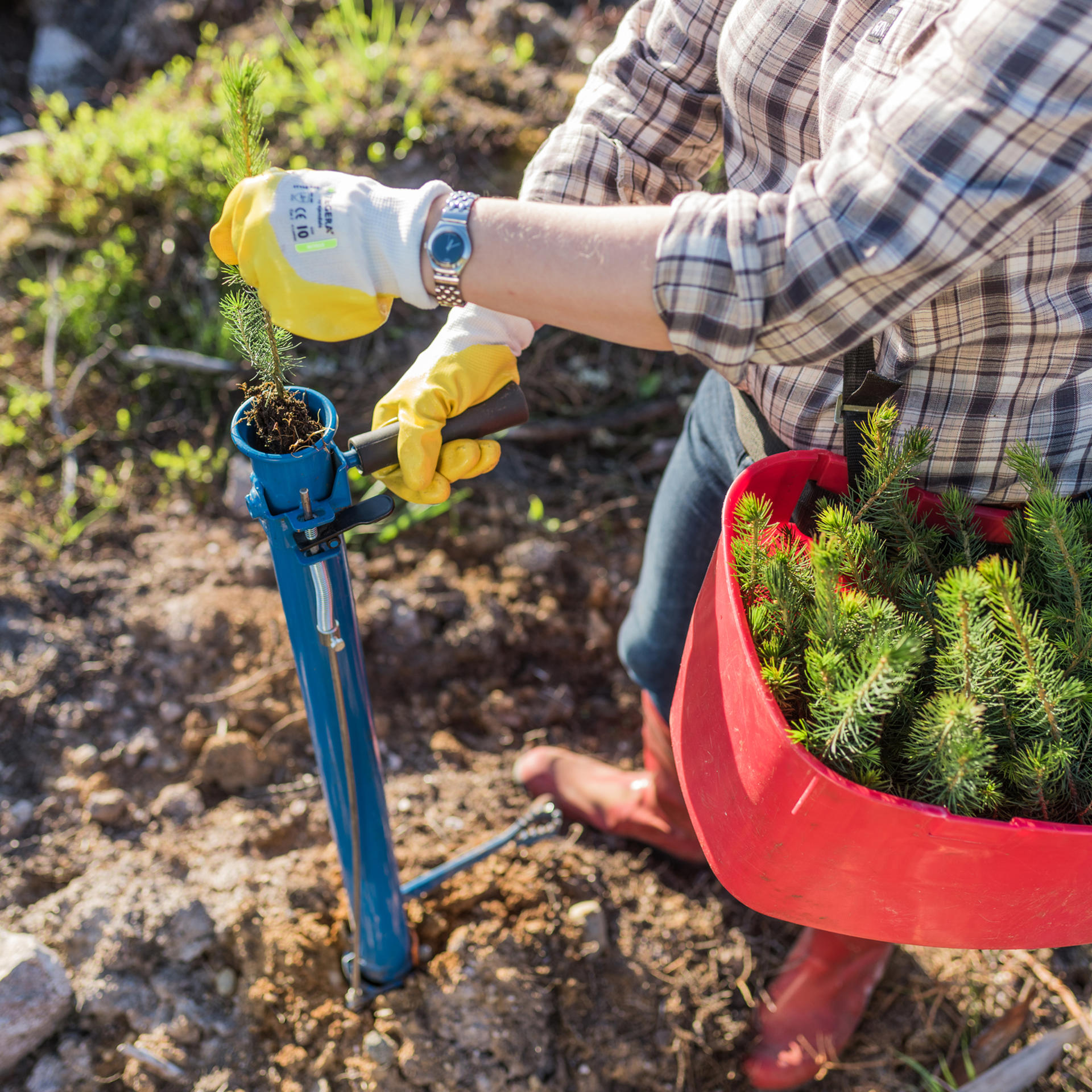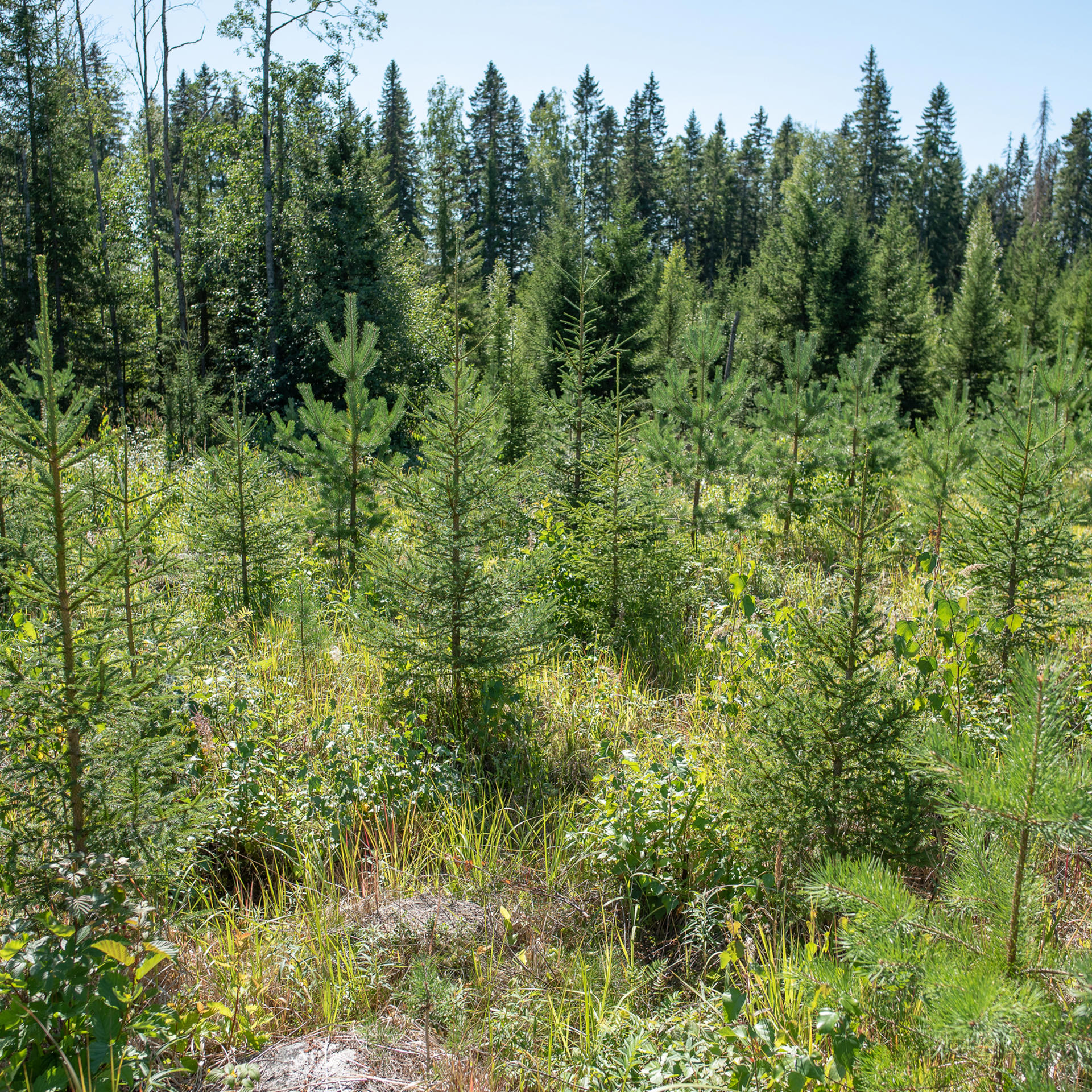Forest management influences the speed of new forest growth and the tree species found in the forest. Good forest management also helps trees grow into valuable robust log wood more quickly. In addition, forest management promotes the health of our forests by preventing forest damage and improves forests’ climate resilience. Forest management practices are based on research results and on the common research-based Best Practices for Sustainable Forest Management in Finland agreed by the forest sector.
We pay attention to the environment in all our forestry measures and are committed to the principles of regenerative forestry. The goal of regenerative forestry is to ensure that the state of forest nature does not deteriorate but improves, and that Finnish forest assets are transferred in a more vibrant, diverse and climate resilient condition from one generation and owner to the next.
Each stage of forest management affects tree growth and the success of the following management measure. High-quality forest management work performed at the right time has a key impact on the kind of wood we have now and in the future.


